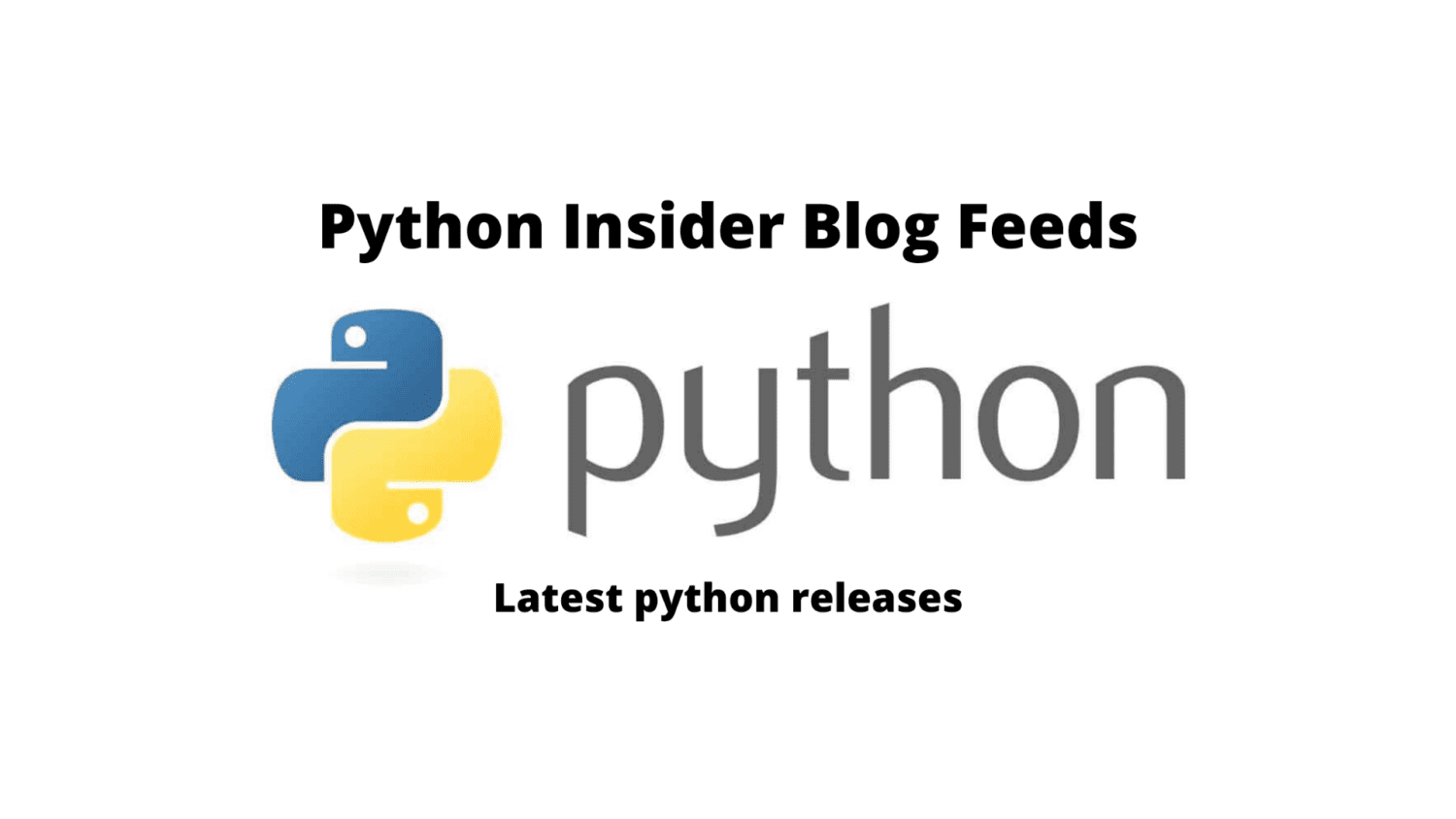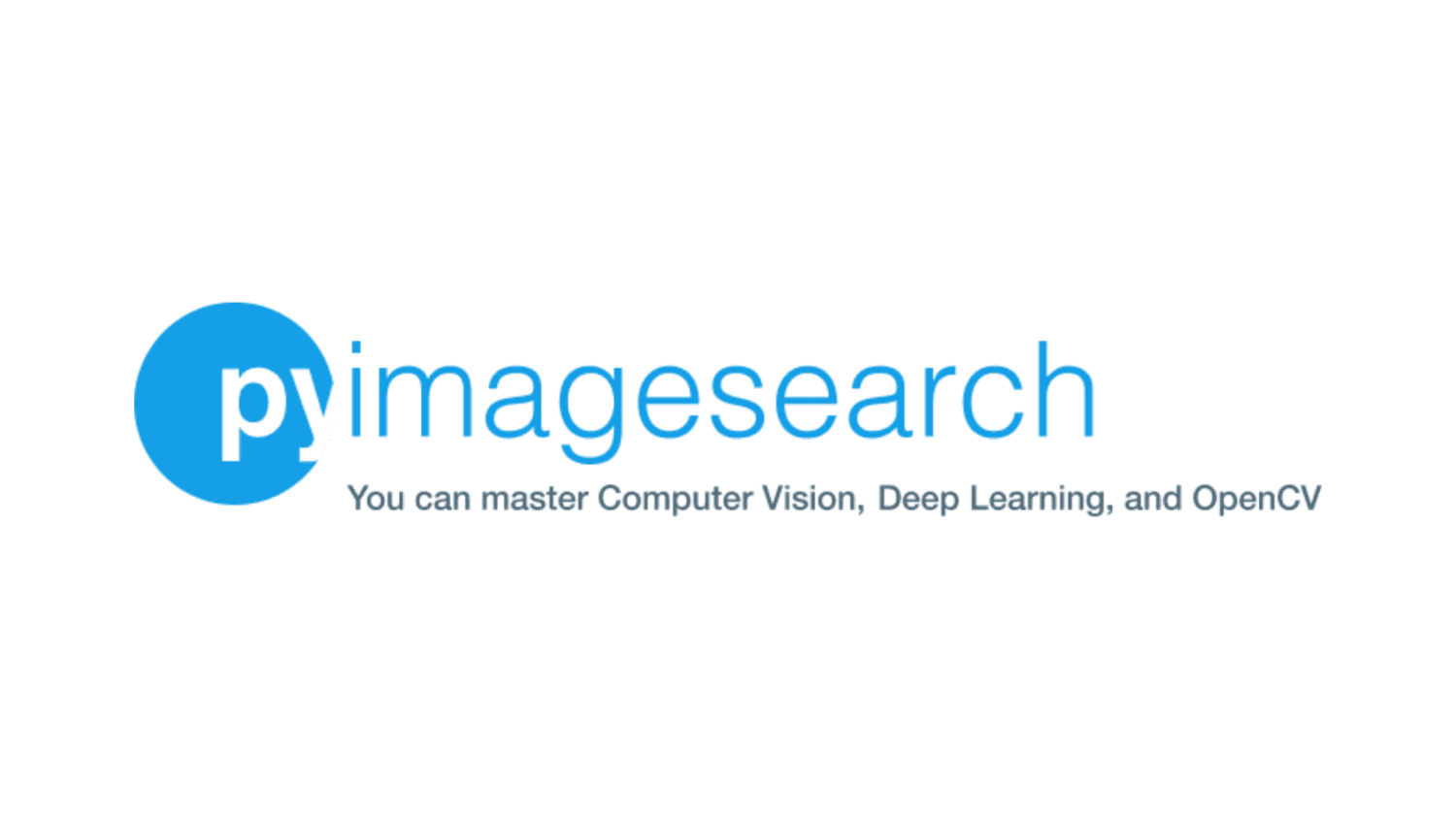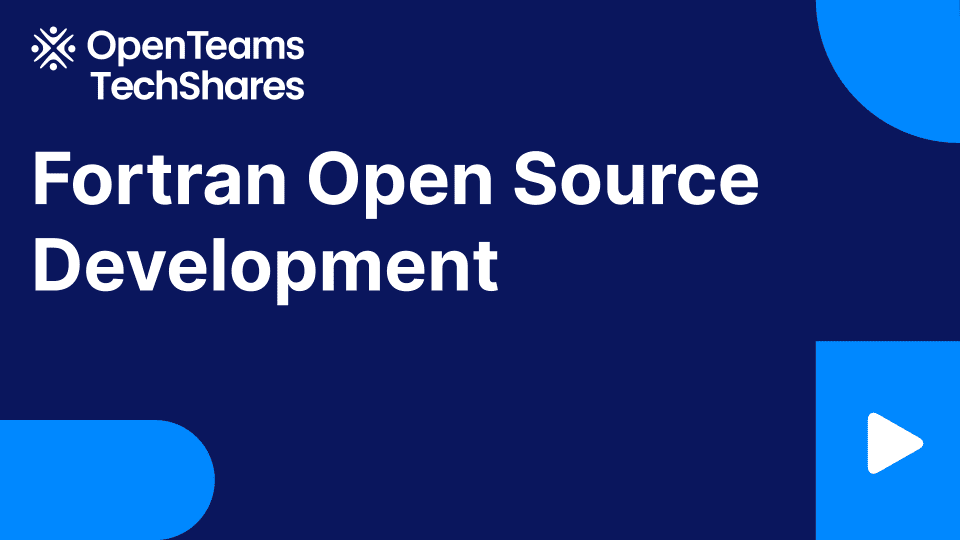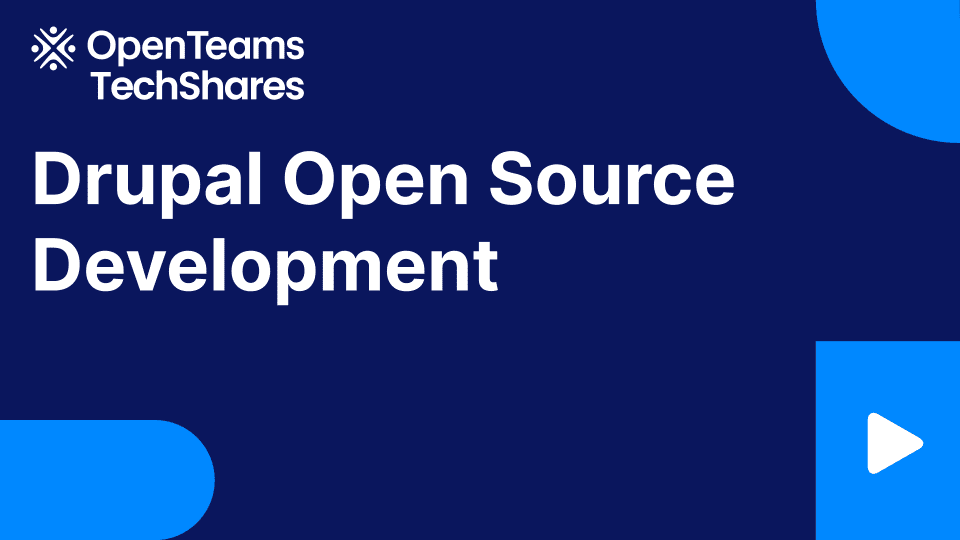
Python 3.10.6 is available
Here you have a nice package of 200 commits of bugfixes and documentation improvements freshly made for Python 3.10. Go and download it when is still hot:
https://www.python.org/downloads/release/python-3106/
This is the sixth maintenance release of Python 3.10
Major new features of the 3.10 series, compared to 3.9
Among the new major new features and changes so far:
- PEP 623 – Deprecate and prepare for the removal of the wstr member in PyUnicodeObject.
- PEP 604 – Allow writing union types as X | Y
- PEP 612 – Parameter Specification Variables
- PEP 626 – Precise line numbers for debugging and other tools.
- PEP 618 – Add Optional Length-Checking To zip.
- bpo-12782: Parenthesized context managers are now officially allowed.
- PEP 632 – Deprecate distutils module.
- PEP 613 – Explicit Type Aliases
- PEP 634 – Structural Pattern Matching: Specification
- PEP 635 – Structural Pattern Matching: Motivation and Rationale
- PEP 636 – Structural Pattern Matching: Tutorial
- PEP 644 – Require OpenSSL 1.1.1 or newer
- PEP 624 – Remove Py_UNICODE encoder APIs
- PEP 597 – Add optional EncodingWarning
More resources
- PEP 619, 3.10 Release Schedule
- Report bugs at https://bugs.python.org.
bpo-38605: from __future__ import annotations (PEP 563) used to be on this list in previous pre-releases but it has been postponed to Python 3.11 due to some compatibility concerns. You can read the Steering Council communication about it here to learn more.
And now for something completely different
A pentaquark is a human-made subatomic particle, consisting of four quarks and one antiquark bound together; they are not known to occur naturally or exist outside of experiments to create them. As quarks have a baryon number of (+1/3), and antiquarks of (−1/3), the pentaquark would have a total baryon number of 1 and thus would be a baryon. Further, because it has five quarks instead of the usual three found in regular baryons (a.k.a. ‘triquarks’), it is classified as an exotic baryon. The name pentaquark was coined by Claude Gignoux et al. (1987) and Harry J. Lipkin in 1987; however, the possibility of five-quark particles was identified as early as 1964 when Murray Gell-Mann first postulated the existence of quarks. Although predicted for decades, pentaquarks proved surprisingly tricky to discover and some physicists were beginning to suspect that an unknown law of nature prevented their production.
We hope you enjoy the new releases!
Thanks to all of the many volunteers who help make Python Development and these releases possible! Please consider supporting our efforts by volunteering yourself or through organization contributions to the Python Software Foundation.
Your friendly release team,
Ned Deily @nad
Steve Dower @steve.dower
Pablo Galindo Salgado @pablogsal




